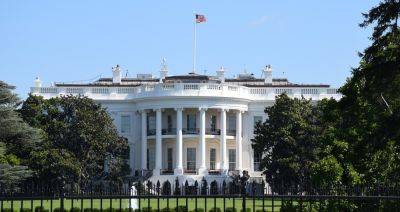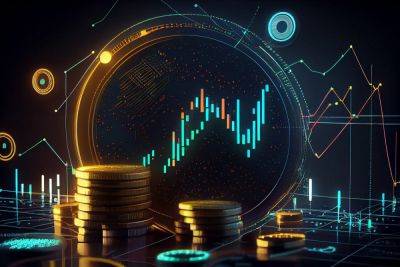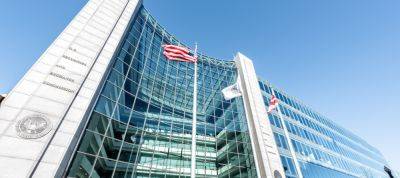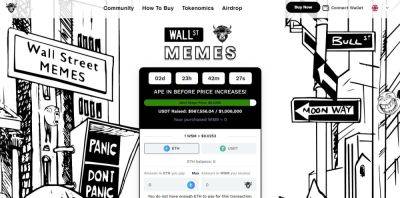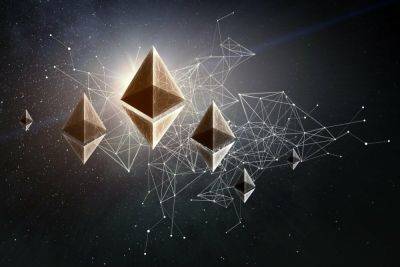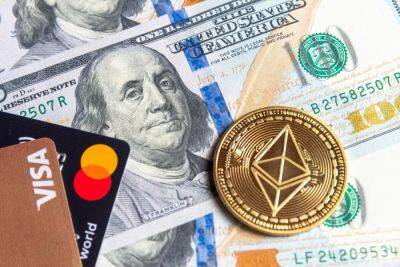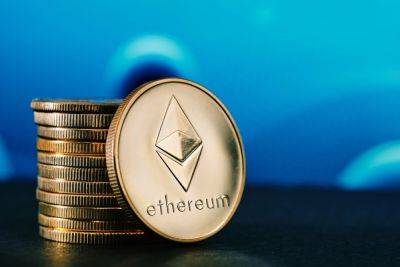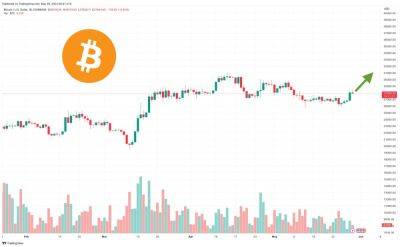S&P Global attempts to assess crypto assets’ susceptibility to macroeconomics
Rating provider S&P Global has examined the relationship between crypto assets and macroeconomics in a new report. Its conclusion is a firm “maybe” and the details are complex, mainly due to “idiosyncratic events” such as the crypto winter , geography and the industry's short history.
Crypto assets have a different value proposition from traditional assets and different performance drivers, the S&P report noted in its introductory paragraphs, but the interconnectedness of the crypto ecosystem and macroeconomics is inescapable. The S&P analysts compared the S&P Cryptocurrency Broad Digital Market Index (BDMI) with other financial indicators to assess the extent of that interconnection in five areas.
“Crypto assets are not exempt from the effect of macroeconomic changes,” the report said, but the role idiosyncrasy plays in crypto economics is significant. For example:
On a daily rolling three-month basis interest rates and the #crypto index have exhibited an inverse relationship 63% of the time since May 2017. This increases to 75% from May 2020, following the start of the COVID-19 pandemic.Read the latest research: https://t.co/WH4cWUOUiT pic.twitter.com/FAJ06RSwZH
Crypto’s relation to recessionary expectations is also highly specific, although the variables differ. In this case, the user’s location and the stability of the local fiat currency are factors. The appeal of crypto assets depends on the performance of fiat. Nonetheless, the report noted the launch of “asset management products that include crypto assets” linked to crypto’s perceived ability to withstand economic shock in general.
Related: Bitcoin drops with stocks as analyst warns of banking crisis ‘endgame’
The picture of crypto as an inflation hedge is
Read more on cointelegraph.com



